20/01/2022 01:48 PM
Gardening can make us feel a deeper connection with nature and our environment, as well as giving us a sense of satisfaction from watching what we nurture, grow and flourish.
Choosing to garden in the greenest way possible should be our priority. We share some tips and advice to help the environment and some of the best green gardening practices.
Green gardening - why is it important to us?
Green gardening techniques aim to reduce the impact gardening can sometimes have on the environment. You may feel by gardening you are helping the environment, but it is sometimes hard identifying the impact you are having. For example, using pesticides to grow your own vegetables can have a significant impact on the local wildlife.
The overall aim is to keep things simple, take everything back to basics, and as close to nature as possible.
Many wildlife populations are decreasing and when they are reduced or go extinct this also affects us. The best example of the negative impact the human population is having on wildlife is the humble bumble bee.
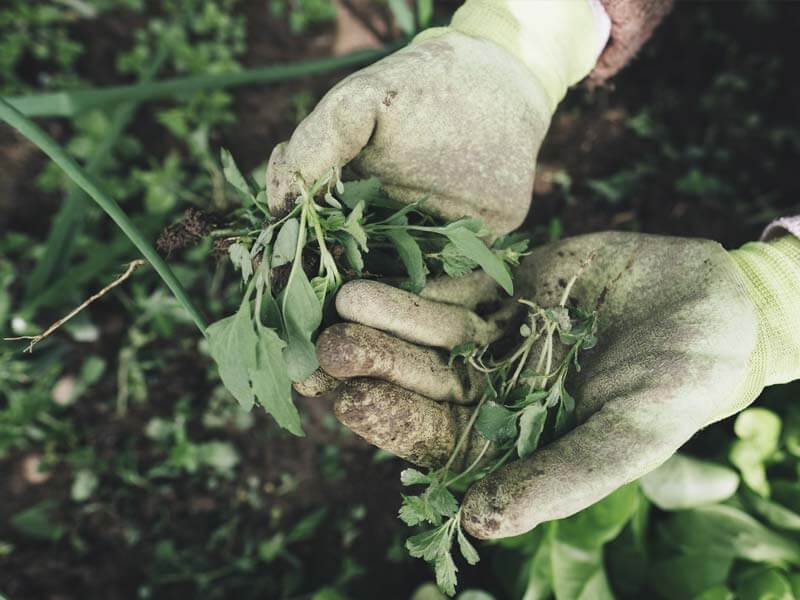
We have a variety of blogs and sections that explain many issues around green gardening on our hub page: How Green is Your Garden.
How to begin green gardening, and what makes a good green gardener
The term green gardening is often associated with eco-friendly, sustainable, green terms. If you strip it back all it comes down to is causing as little harm to the planet as possible.
It is taking a more sustainable and environmentally friendly approach to traditional gardening, which is focused on minimising the impact you have on the land and those that rely on it.
The three main aspects to consider when green gardening are:
Promote Biodiversity
Rewild your garden by planting native species of trees and plants. This will help local wildlife and can be of great benefit to local eco-systems, aiding in the fight against climate change. Native species especially trees are commonly associated with higher levels of animal and plant biodiversity as they are best adapted to growing in local conditions.
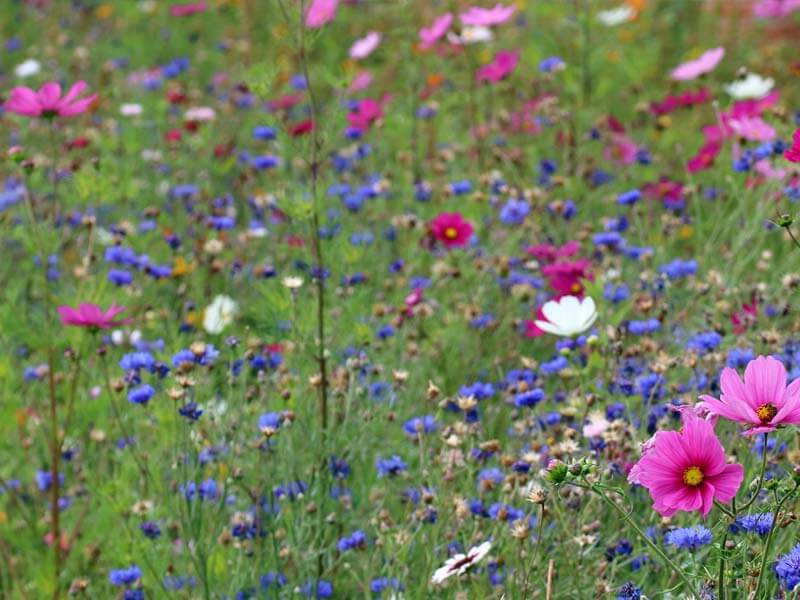
The government’s ’Ten Point Plan for a Green Industrial Revolution,’ talks about ‘protecting our natural environment’ which includes the designation of new national parks and 10 long-term landscape recovery projects. This protection of our natural habitats is vital to biodiversity; this scheme could create the equivalent of well over 30,000 football pitches of wildlife rich habitats.
Avoid the use of pesticides; instead choose organic options or create your own. Homemade natural remedies like garlic sprays, which can be useful against many garden pests, are a great natural pesticide. Remember the best remedies for pests in your garden are normally the most natural. Providing a habitat for slug-eating animals like hedgehogs, such as a log pile or leaflitter will encourage the slug eating animals to your garden who will take care of the slugs for you.
Wildlife Friendly
Along a similar vein to biodiversity, mini structures such as bug hotels, feeding stations and hedgehog friendly gravel boards can make an enormous difference to your local wildlife and provide the habitats needed to sustain populations. You can create an insect friendly waterhole by adding marbles to a shallow dish with water, or adding some plastic mesh to reduce the risk of small animals drowning.
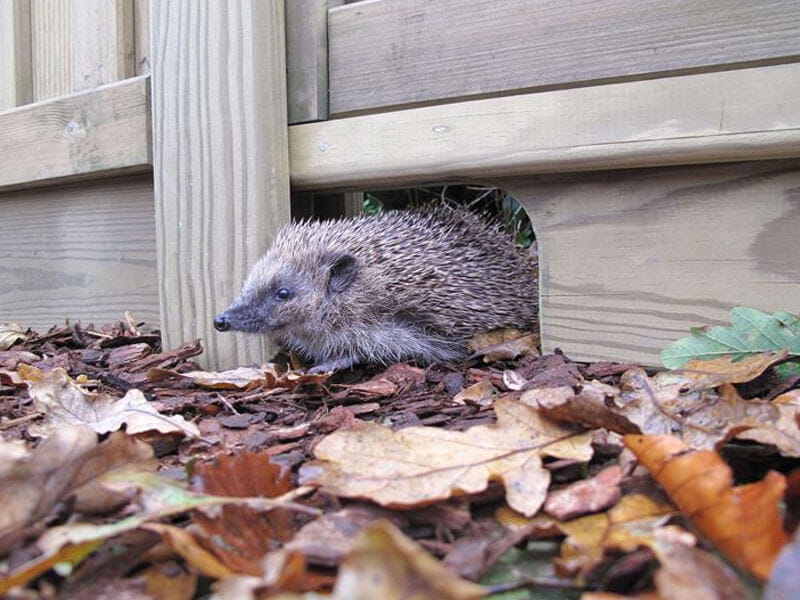
Save water
Water is a precious resource, which is sometimes easy to forget. Rather than always using a hose pipe to water your garden, try using a water butt or you could even collect rainwater in garden pots and trays.
Being a good green gardener is about making greener more sustainable choices. Here are some small changes you can make:
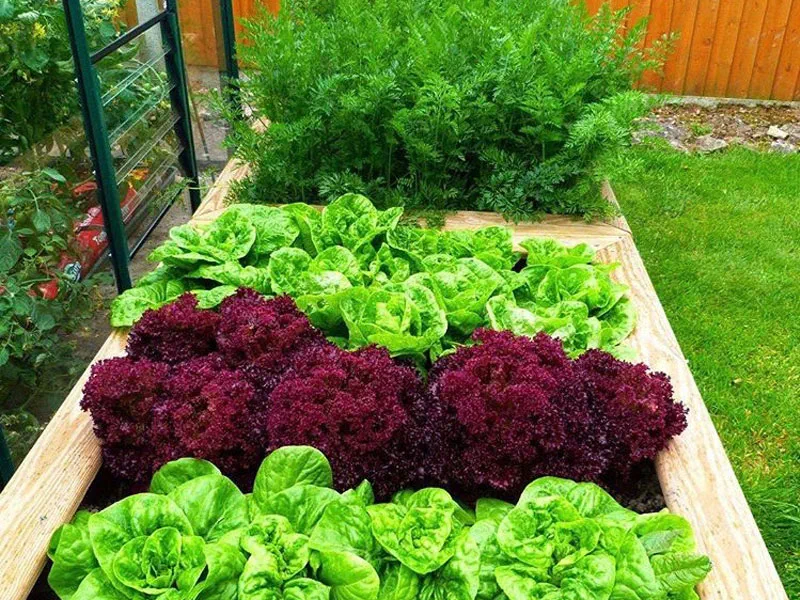
Green gardening - the next steps/advanced tips:
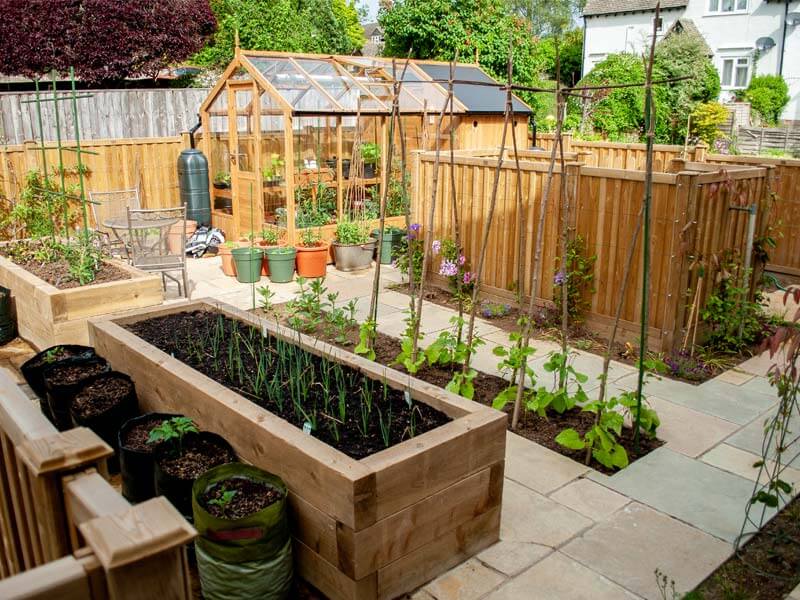
Creating an eco-friendly garden can be as simple or complex as you like. We have written a blog full of ideas - Environmentally Friendly Garden Ideas
Overall, green gardening can be a benefit not only to ourselves by improving mood, offering stress release, and bettering our mental health, but also to the environment around us.
Slugs are any gardens worst nightmare. Read our tips on effective slug management.